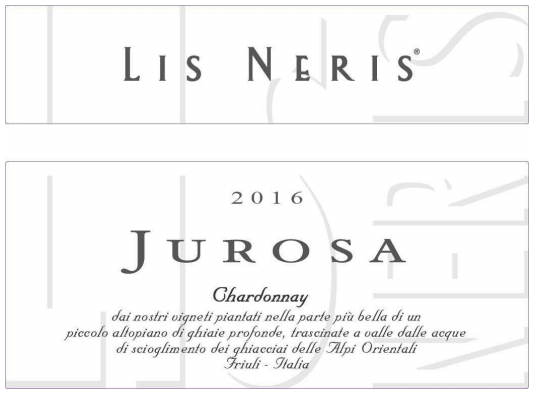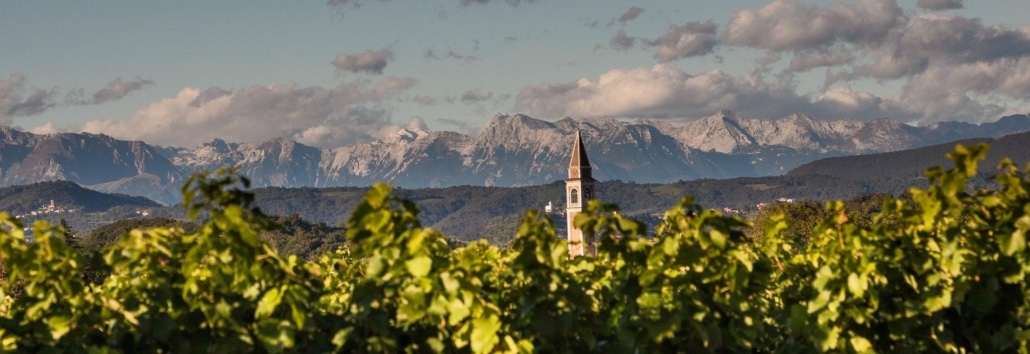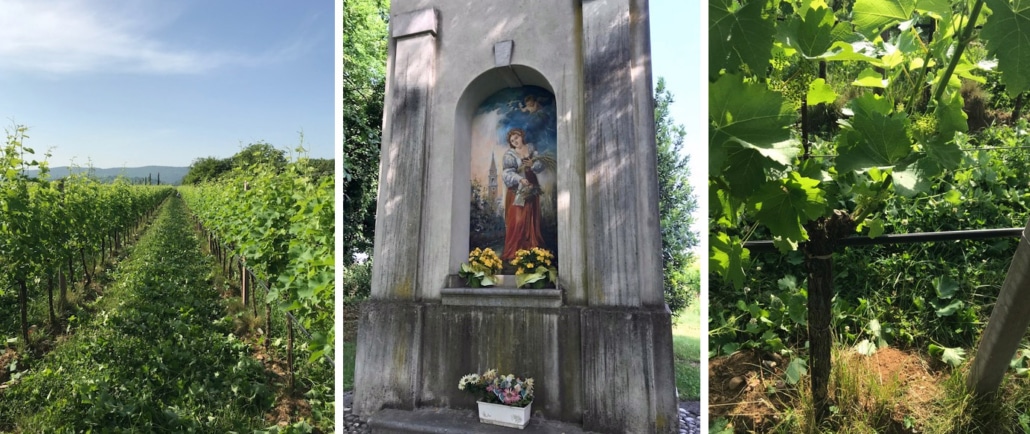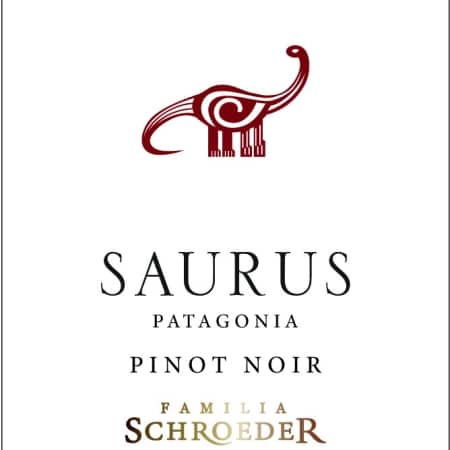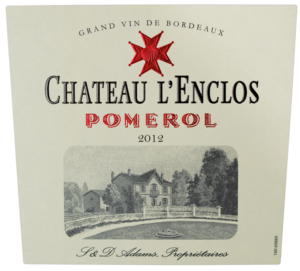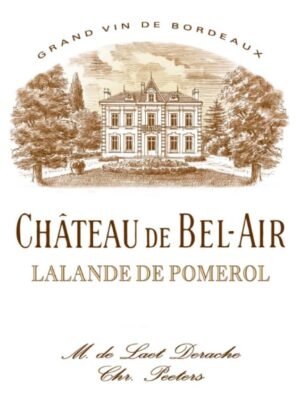ABOUT THE PRODUCER: Lis Neris
Founded in 1879, Lis Neris is a four generation family estate located in the centre of Friuli, in the charming village of San Lorenzo, south west of Gorizia. The 74 ha of vineyards are planted between the Slovenian border to the North and the right bank of the Isonzo river to the South. Being close to the sea, the climate is typically Mediterranean, and the bora – a prevailing wind coming from the Adriatic Sea – has a cooling effect. A wide diurnal range encourages slow ripening and results in concentrated grapes with balanced acidity. The soil, formed by calcareous gravel dragged down by the melting of the Eastern Alps glaciers, stores the warmth during the day and releases it at night time, also helping the grapes to ripen. The wines are produced from the domaine’s estate vineyards, and vineyards in Slovenia they closely manage. Total production is 30,000 cases per year.
1981 was a turning point in the history of the winery, with a new approach to production aimed at raising the quality. Since, Alvaro Pecorari has expanded and improved the project started by his father in the seventies. He designed the plans for a total renovation, completed in 1990, making the winery 100% gravity fed. Lis Neris, currently run by Alvaro and his daughter Federica, is now recognized as one of the best producers in Friuli.
Farming practices/sustainability: organic farming. Because the winery wants to use less impactful products in their vineyards (ie no copper sulfites), they are not certified. A single annual treatment of insecticide imposed by EU regulations is performed against Flavescence dorée. Fungicides are used against downy mildew and powdery mildew under a program imposed by EU regulations. Both treatments apply to all vineyards, included the organic ones. The winery is powered by solar panels and is fully autonomous. The vineyards are all managed in the same manner: cover crops between rows, single guyot training. The grapes are hand-harvested – Alvaro and Federica feel strongly that hand-harvesting is the only way to achieve the quality they seek. They hire the same pickers every year, trained under their care, in order to consistently get the best fruit possible.
“To understand Lis Neris it is important to appreciate the unique geographical location of Friuli and its vineyards. Ironically, what made this an ideal geographical spot for viticulture also made it an important military point. Since the Romans set up camp here to fight against the Germans, this crossroads at the top of the Adriatic Sea ie the Mediterranean, has been a hot spot for all European powers since, and the monuments from multiple nations and multiple wars atop Mount San Michele bear witness to the battles fought over this strategic location that connects the Mediterranean basin and Central Europe. When you view out from Mount San Michele, you can see the top of the Adriatic Sea on one side of the mountain looking south and the entire Friuli appellation looking north and east towards the Alps. Here you are just 9 miles from the sea and the south slopes are covered in Mediterranean garrigue. In front of you are the majestic Alps, with the Isonzo River running from the northeast, the border with Slovenia, to the southwest, eventually curving around and emptying into the Adriatic. You look over the hillside vineyards that define the Friuli appellation, starting with Isonzo to the far east near the major border town of Gorizia, then continuing southwest comes Collio, Collio Orientale and Grave. There is a new appellation, on the very cool slope called Carso. Isonzo is the smallest, just a 60 square km triangle composed of homogenous, calcareous soils left by the glacier as it retreated back millions of years ago. This type of soil is called glacial moraine, 50 meters deep of gravel and stones, ideal for producing minerally rich white wines.
“Lis Neris has been well-known in Italy for years, but I rarely, if ever, hear much about the wines in the US, which is a shame. Proprietor Alvaro Pecorari crafts rich, textured wines from his vineyards in the Isonzo district. The whites are all aged in 500-liter barrels, which gives the wines considerable texture.”
– Antonio Galloni, vinous.com, June 2015
What is also conducive to making great white wine is that Isonzo is closer to the Alps and the Bora winds that drive down the pass from the Austrain plain to the Adriatic Sea, making this the coolest of the Friulian Regions. This wind is so strong that it can push cars into the sea parked along the quays of Trieste. Wine growers must plant in alignment with the direction of the wind if they expect to see any grapes in the morning. These grapes do not suffer from humidity due to these drying winds and stony soils, despite the high levels of precipitation. Another aspect of this region, making it ideal for wine growing, is the huge diurnal shift, slowing grape maturation and allowing complex phenolics to develop in the berries. Here, they say the wines get the power from the soils and the elegance from the Bora wind. As you move south and west the weather is warmer which is better for red wines. In Isonzo the Cabernet Sauvignon is not harvested until October.”
Victor Schwartz, notes from June 2019

